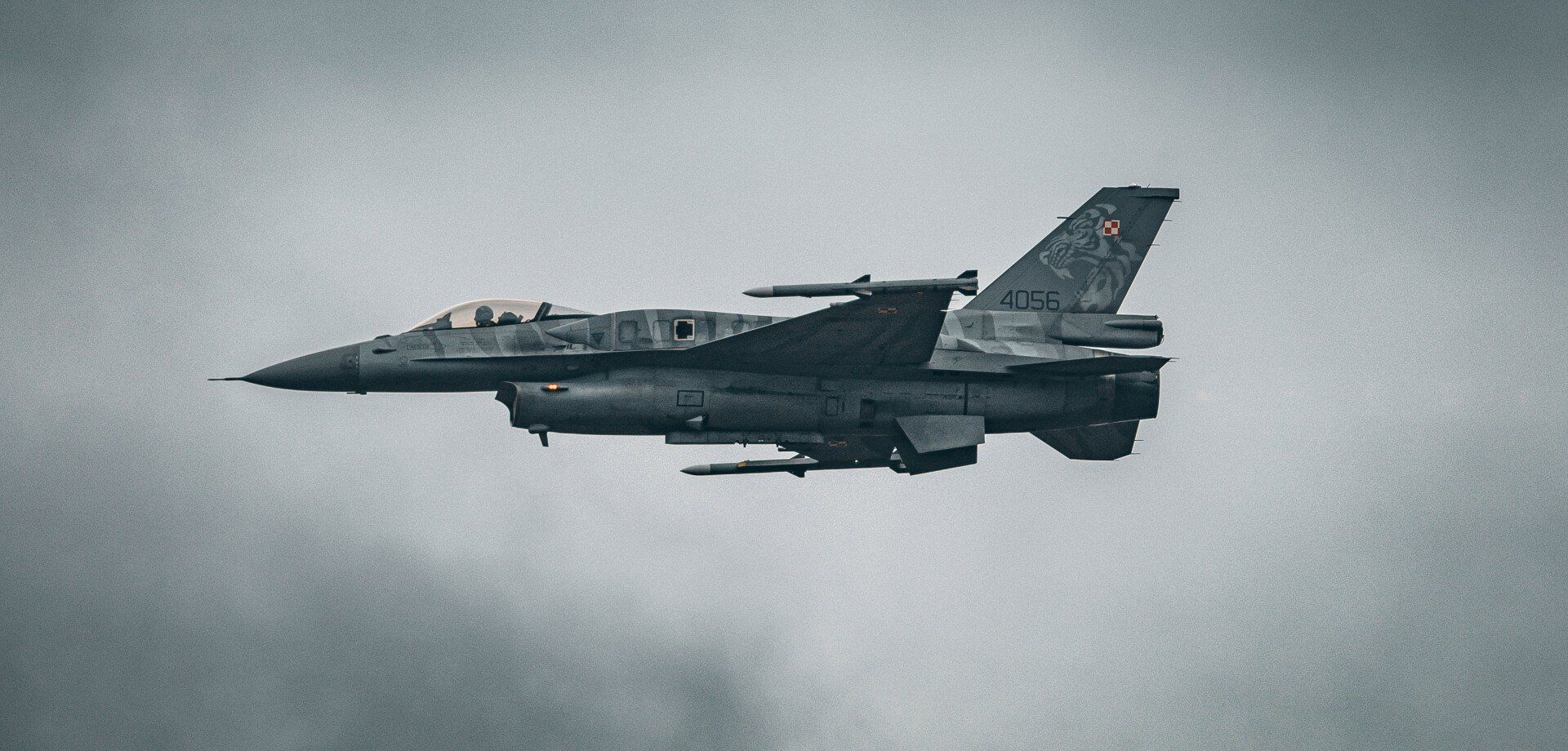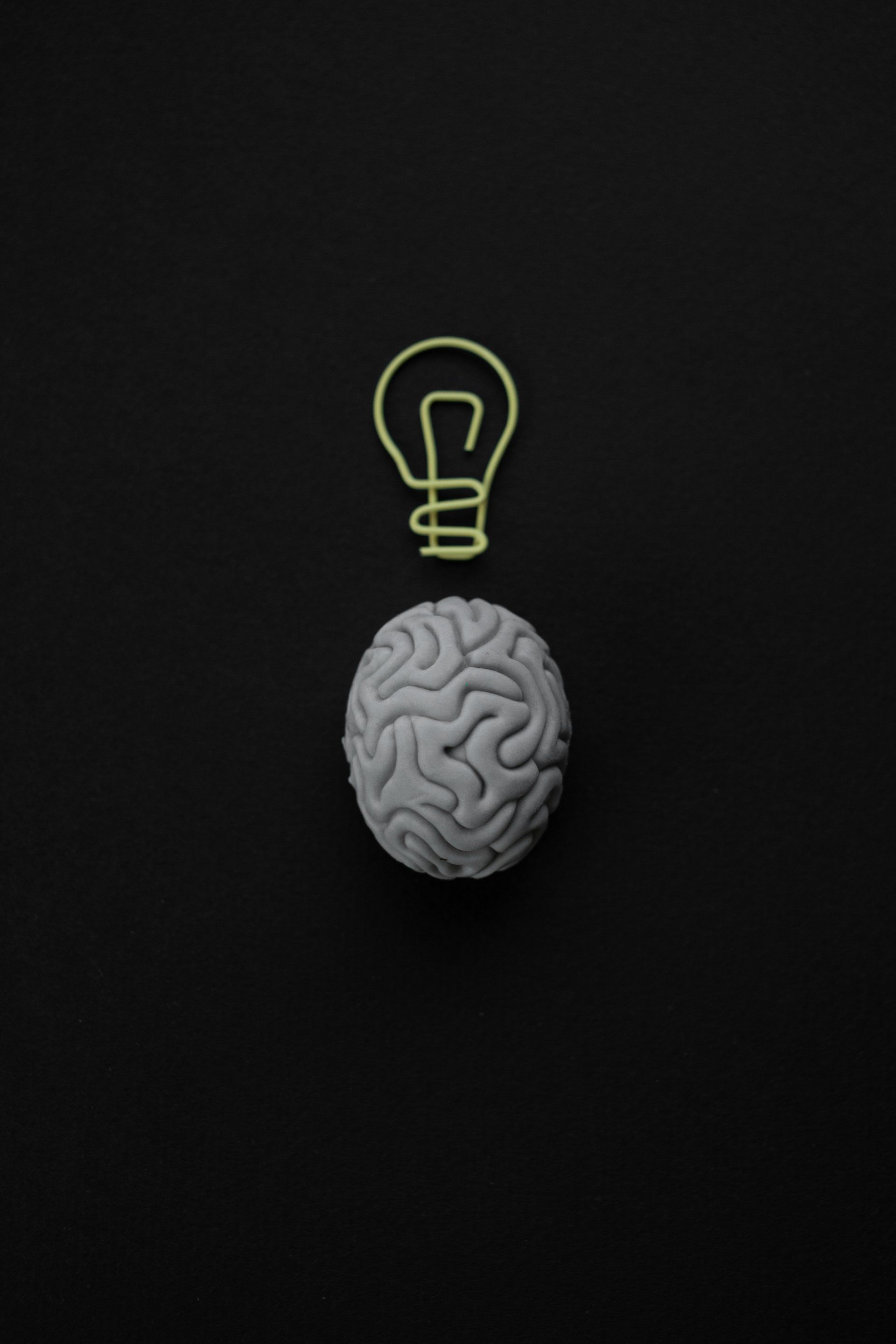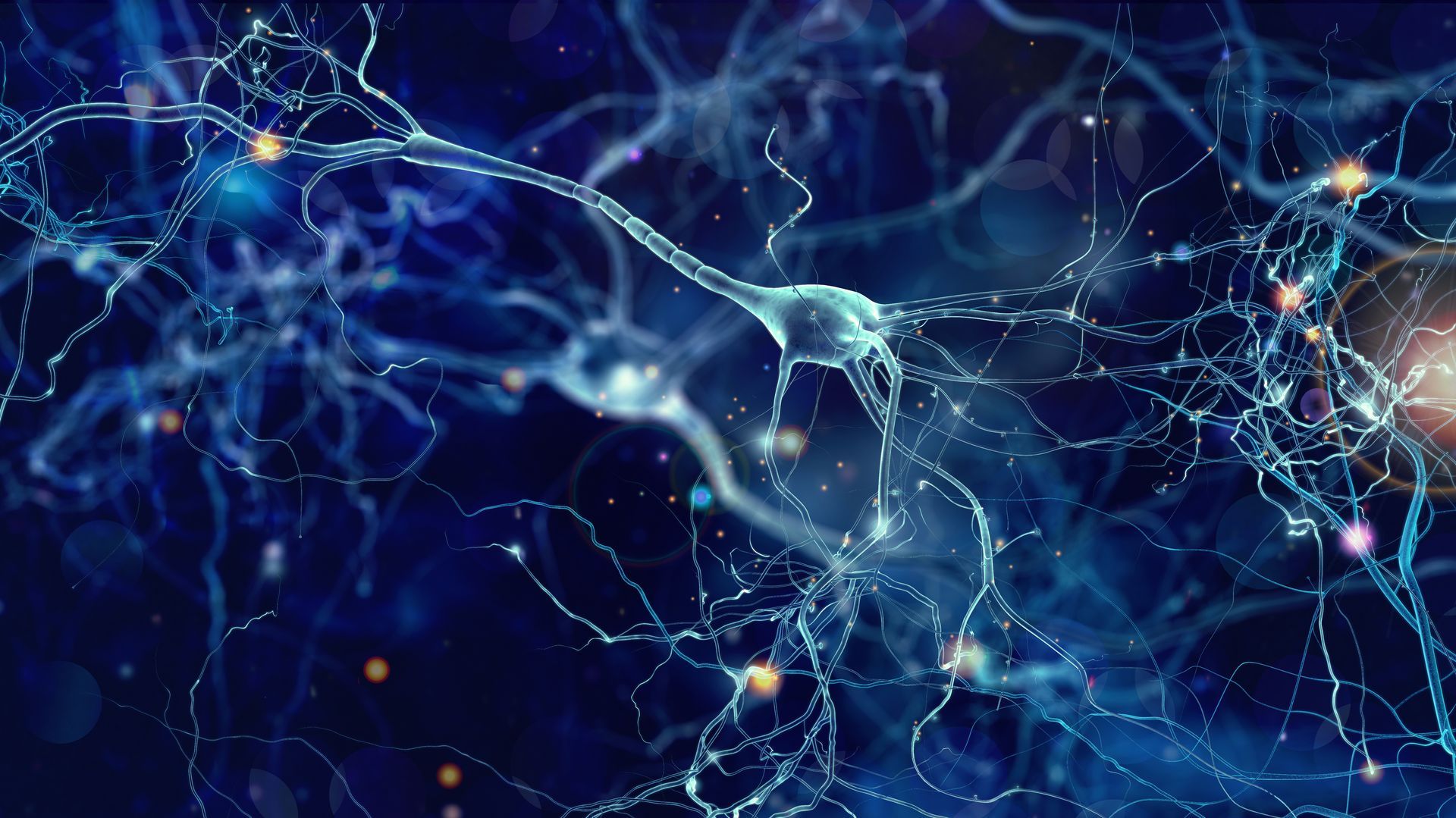How can low-SWAP AI help drone operations?
The Benefits of AI with Minimal Resource Requirements for Drones

Low-swap AI reduces weight and power consumption while increasing computational power and operational effectiveness.
Here are 8 reasons why:
- Enhanced Autonomous Capabilities: Neural networks, deep learning, and autonomous systems can be directly applied to improve the autonomy of low-SWAP drones. These drones require sophisticated decision-making capabilities to navigate and operate effectively in complex environments. ML capabilities in autonomous systems, sensor fusion, threat detection, and ISR, can enhance the drones' ability to perform tasks autonomously while maintaining a low SWAP profile.
- Energy Efficiency through Advanced Algorithms: Spiking neural networks mimics brain-like processing, which can be instrumental in developing more energy-efficient AI applications. For low-SWAP drones, optimizing the energy consumption of onboard AI processes is crucial. Implementing these energy-efficient algorithms can extend the drones' operational time and reduce the frequency of recharging, which is essential for maintaining a low SWAP.
- Synthetic Data Generation for Robust Testing: Synthetic data generation and augmentation can provide significant support in the testing and training phases of drone development. By creating synthetic environments and scenarios, drone manufacturers can robustly test their models and systems in a controlled yet varied set of conditions without the need for extensive real-world testing, which can be costly and time-consuming.
- Real-Time Processing and Edge Computing: Low-SWAP drones require efficient real-time processing capabilities for tasks such as navigation, object detection, and environment sensing. Spiking neural networks, which mimic brain-like processing, are particularly relevant. These networks can facilitate efficient, real-time AI applications that are crucial for the compact and power-constrained systems used in low-SWAP drones, ensuring minimal latency in critical applications like collision avoidance and target tracking.
- Image and Video Analysis: Computer vision is crucial for enhancing drone capabilities in image and video analysis. Techniques such as object detection, image segmentation, and facial recognition can be optimized for the limited computational resources of low-SWAP drones. These enhancements are essential for applications ranging from surveillance to environmental monitoring, where accurate, real-time visual data processing is required.
- Data Efficiency and Few-Shot Learning: In scenarios where data collection is challenging, such as remote or inaccessible areas, few-shot learning, and synthetic data generation can be invaluable. These techniques allow drones to perform reliably with limited data, enhancing their utility in rare or unexpected situations. The application of these advanced ML techniques ensures that drones can adapt to new tasks with minimal examples, thereby reducing the need for extensive onboard data storage and processing.
- Autonomous Decision-Making: Reinforcement learning and autonomous systems support the development of drones that can make independent decisions based on dynamic environmental inputs. This capability is essential for drones operating in complex, unstructured environments, allowing them to navigate and complete missions autonomously with minimal human intervention.
- Ethical AI and Safety: Ethical AI and safety are vital for ensuring that drone AI systems operate transparently and reliably. Incorporating model transparency and ethical decision-making frameworks helps ensure that drones perform efficiently, safely, and in alignment with regulatory and ethical standards.
The collaboration between low-SWAP drone manufacturers and ML is poised to drive significant advancements in drone technology. Leveraging cutting-edge research and development in AI and ML can help overcome the limitations faced by current drone technologies, particularly in processing speed, decision-making accuracy, and operational efficiency.
Ready to level up your drones? We can help.
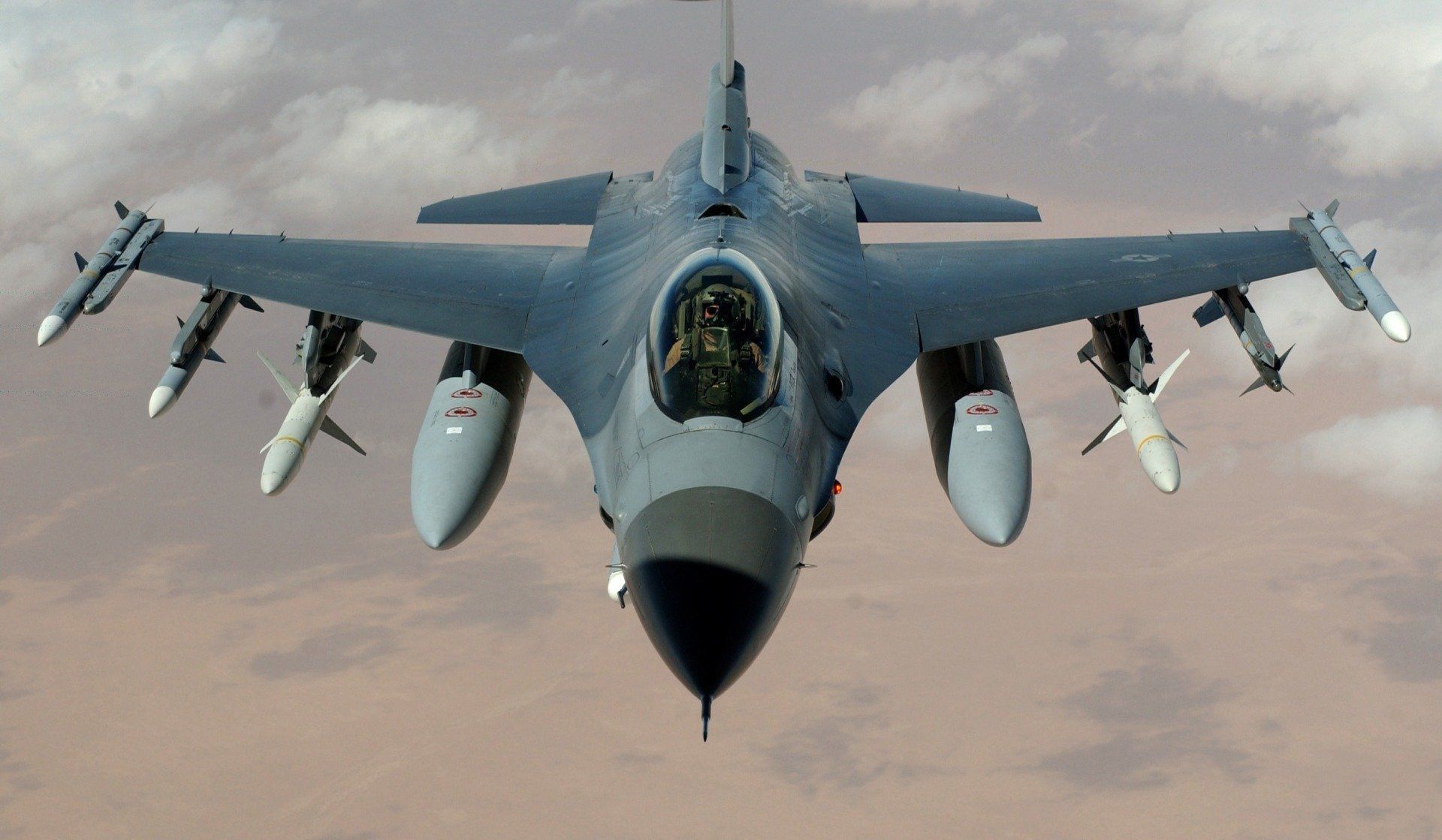
Explore how Reinforcement Learning (RL) is transforming Command-and-Control (C2) systems by enabling adaptive, efficient, and autonomous decision-making. Discover the pivotal role of RL in dynamic decision-making, strategic resource allocation, adversarial response, mission planning, and advanced training simulations. Learn how integrating RL into C2 systems enhances operational agility, efficiency, robustness, and continuous improvement, setting a new standard for military operations and strategic planning in complex environments.
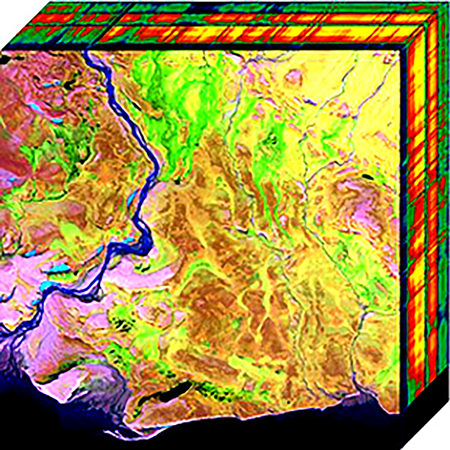
Dynamic Temporal Processing: Spiking Neural Networks Take on Hyperspectral Data Analysis Hyperspectral imaging produces complex data laden with rich spectral signatures, but conventional techniques often struggle to fully analyze this information. Now, Spiking Neural Networks (SNNs) are breaking new ground. With dynamic temporal processing, SNNs are able to efficiently unlock insights from massive hyperspectral datasets across diverse domains, from spotting crop diseases to identifying camouflaged objects. This combination of cutting-edge data and next-gen AI represents an exciting shift, as SNNs usher in new possibilities for real-time, accurate hyperspectral analysis. The future looks bright for this synergy between spectra and spikes.



